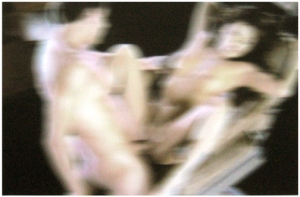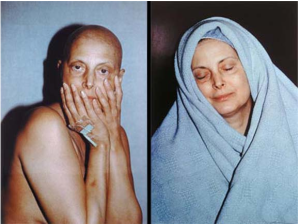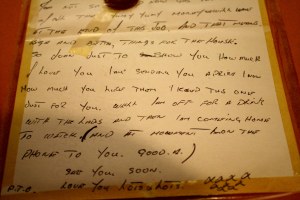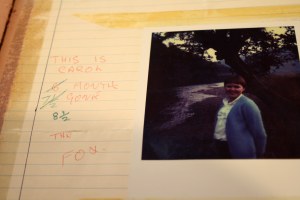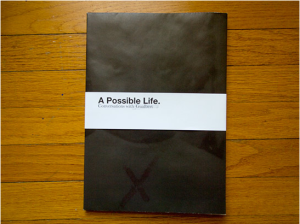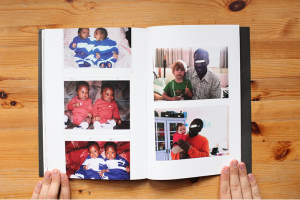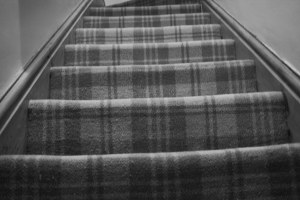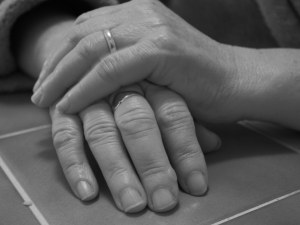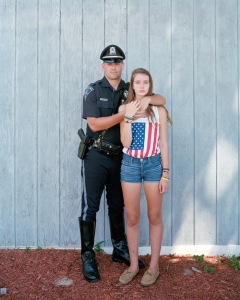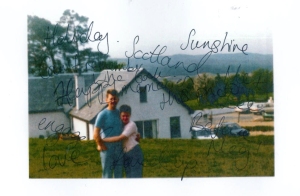This week we looked at the body: the form, functions and interactions.
Monthly Archives: February 2015
Picbod Week 3.
Relationships are titled (mother, father, niece, friend, lover, hometown and prey) but these categories tell us so little about the intricacies and nuances of relationships we have an hold that are constantly flux.
Relationships are important in our life and they are every where. Whether it be family, partners, friends, animals or strangers we all have some sort of relationship.
We began the talk by looking at Jamie Diamon- Constructed family portraits: The photographer places random strangers that he meets in hotels in a photo together to create the illusion of a family portrait although they are not related at all.
Laia Abril- The Epilogue.
"This is the story of the Robinson family – and the aftermath suffered in losing their 26 year old daughter to bulimia. Working closely with the family Laia Abril reconstructs Cammy’s life telling her story through flashbacks – memories, testimonies, objects, letters, places and images. The Epilogue gives voice to the suffering of the family, the indirect victims of ‘eating disorders’, the unwilling eyewitnesses of a very painful degeneration. Laia Abril shows us the dilemmas and struggles confronted by many young girls; the problems families face in dealing with guilt and the grieving process; the frustration of close friends and the dark ghosts of this deadliest of illnesses; all blended together in the bittersweet act of remembering a loved one"
Picbod Week 2.
This Week in Picbod we looked at:
My Interview.
Today I met Sue. Sue has secondary progressive MS. Which is essentially the 2nd stage of Multiple Sclerosis. I met Sue when visiting my mum in hospital and she agreed to be interviewed for the task.
I explained the concept of the conversation to Sue and what I was studying. At first i was so nervous about asking her about her condition but she was so relaxed about the whole situation.
I discovered that Sue was diagnosed in 1995 and has been part of a drug trial for the last two years where every 100 days they swap Sue’s pill for either an actual form of medication or a placebo. Its her decision or not whether she thinks she’s on the medication each time.
I went on to ask her what the hardest part of her illness was and she sadly replied that within recent years it has been more and more difficult to use her right hand as she has developed a tremor.
Another task that she struggles with is reaching the shower which is sadly on the 3rd floor of her house.
I finally asked Sue how she’s come to terms with her conditions and she felt very sad about the fact that its her children that don’t understand that mummy’s legs aren’t “going to get better”. The whole conversation was particularly difficult when Sue told me that her husband whom is a Surgeon has not yet accepted her condition either and he constantly tells her that he wants to fix her as well as all his other patients.
Meeting Sue really opened my eyes to the fact that despite her condition she still works a normal job, raises 3 young children and despite the fact of not being able to walk, lives in a house with 3 floors. She really is an inspiration.
The photos i decided to accompany the conversation was one of Sue’s hardest battles in her life. The Stairs and the fear of loosing the use of her hands.
Picbod Week 1.
Each week of Picbod we will study a different topic:
